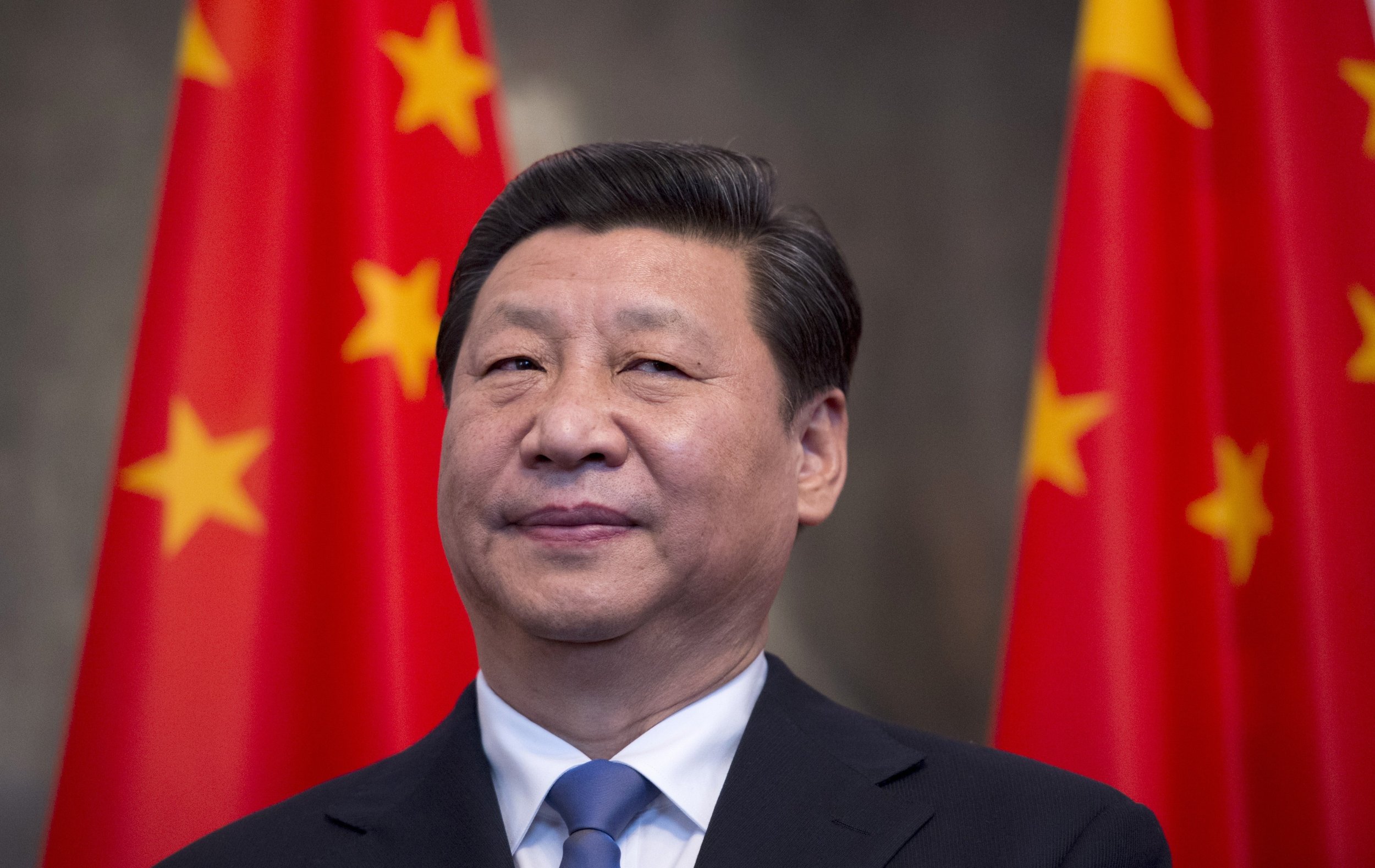In a significant policy shift, President Donald Trump has implemented a freeze on foreign aid and initiated the dismantling of the United States Agency for International Development (USAID). This move has raised concerns among policymakers and international relations experts, who warn that reducing U.S. foreign assistance could inadvertently bolster China’s influence worldwide.
The Role of U.S. Foreign Aid in Global Influence
Historically, U.S. foreign aid has been a cornerstone of its “soft power,” enabling the nation to build alliances, promote democratic values, and secure strategic interests without resorting to military intervention. Programs funded by USAID have addressed global health crises, supported economic development, and provided humanitarian assistance in disaster-stricken regions. By fostering goodwill and stability, these initiatives have reinforced America’s leadership role on the international stage.
The Implications of the Aid Freeze
The Trump administration’s decision to halt foreign aid and dismantle USAID signifies a departure from traditional U.S. foreign policy. Critics argue that this retrenchment could create a vacuum that adversarial powers, particularly China, are eager to fill. Dennis Wilder, a senior fellow at Georgetown University’s Initiative for U.S.-China Dialogue on Global Issues, cautions that while the U.S. maintains military and financial dominance, reducing its soft power initiatives may cede ground to China.
In Cambodia, for instance, the U.S. halted a $6.3 million grant aimed at clearing unexploded ordnance, a legacy of past conflicts. In contrast, China has stepped in, providing $4.4 million to support similar demining operations. Such actions not only enhance China’s image as a benevolent partner but also deepen its ties with nations that may feel abandoned by the U.S.
China’s Strategic Expansion Through Foreign Aid
China’s approach to foreign assistance differs markedly from that of the U.S. Through its Belt and Road Initiative (BRI), China has invested heavily in infrastructure projects across Asia, Africa, and Latin America. These investments, often structured as loans, fund the construction of ports, railways, and power plants, thereby extending China’s geopolitical reach and securing access to vital natural resources.
Between 2000 and 2021, China spent approximately $1.34 trillion on nearly 18,000 overseas development projects, averaging about $61 billion annually. This financial commitment underscores China’s intent to position itself as a dominant global player, offering an alternative to Western aid models.
Potential Risks and Criticisms
While China’s investments have facilitated development in many countries, they have also been criticized for creating debt dependencies. Nations like Sri Lanka and Djibouti have found themselves heavily indebted to China, raising concerns about sovereignty and economic autonomy. The U.S. has traditionally countered such influence by offering grants and low-interest loans aimed at promoting sustainable development and democratic governance. The current aid freeze, however, may undermine this strategy, leaving countries with fewer alternatives to Chinese financing.
Domestic Perspectives and Policy Debates
Within the U.S., the foreign aid freeze has sparked a robust debate. Proponents argue that it’s time to reassess and modernize how America allocates funds abroad, ensuring that expenditures align closely with national interests. Rep. John Moolenaar, chairman of the House Select Committee on the Chinese Communist Party, suggests that this pause offers an opportunity to evaluate the effectiveness of aid programs and explore innovative approaches to promoting American values and interests.
Conversely, opponents contend that reducing foreign aid diminishes America’s global standing and opens the door for rivals like China to expand their influence unchallenged. They warn that such a shift could lead to a more militarized U.S. foreign policy, relying on coercive measures rather than the diplomatic goodwill cultivated through aid and development programs.
The Future of U.S. Global Engagement
The freeze on foreign aid and the potential dismantling of USAID represent a pivotal moment in U.S. foreign policy. As the nation recalibrates its approach to international engagement, it must consider the long-term implications of ceding soft power influence to strategic competitors like China. Balancing fiscal responsibility with the need to maintain global leadership will be crucial in navigating this complex geopolitical landscape.
In conclusion, while the intention behind the foreign aid freeze may be to prioritize domestic interests and reassess international expenditures, the unintended consequence could be a strategic advantage for China. As nations worldwide seek reliable partners for development and support, China’s readiness to step into roles traditionally occupied by the U.S. may reshape global alliances and power structures in the years to come.

